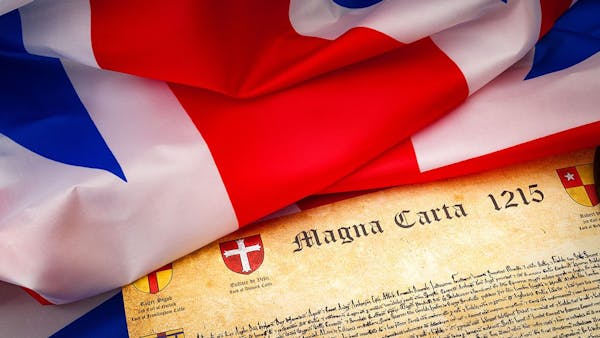HENRY IV AT CANOSSA
In order to understand the tussle between Henry IV and the Pope, it’s important to understand the role the Holy Roman Empire played in Christendom at this time. The Holy Roman Emperors were heads of state who exerted the greatest amount of control over the church, having the authority to appoint Bishops and Abbots and even controlling Papal elections. This had a knock on political effect since it was the Pope alone who had the right to crown the Emperor. The kind of religiopolitical machinations that followed in the wake of such an arrangement were mind-boggling. This was however brought to an end when Henry IV ascended the throne as a boy. The Papacy took advantage of his status as a minor and issued the Papal Election Decree, transferring the responsibility to elect a new Pope from the Emperor to the newly created College of Cardinals.
The Emperor was also responsible for presenting a newly appointed Bishop or Abbot with the symbols of their office. This ceremony was known as an Investiture and basically inducted the new appointee into their role.
In 1075 under the ecclesiastical reform movement titled the Gregorian Reform, Pope Gregory VII declared that only the Papacy could invest bishops with the authority of their office. This was a strategic power play on the part of the Papacy to muscle its way into the arena of political power. Henry IV opposed the move within his realm and attempted to depose the Pope. He failed to do this because he lacked the support of the people and the Pope in retaliation excommunicated the Emperor and attempted to depose him by inviting the subjects of the Empire to rebel against the authority of the Emperor.
Henry immediately backpedaled and in a show of humility and subservience walked barefoot through the snow in submission to the Pope at the Castle of Canossa in 1077 AD. Gregory VII forgave him but the damage was already done and the rebellion could not be stamped out leading to Civil War and the destabilizing of the Empire.
The entire episode is a fascinating example of the close connection between religion and politics in medieval Europe and of the kind of power the Roman Catholic Church held over the people and by proxy over Imperial politics.

